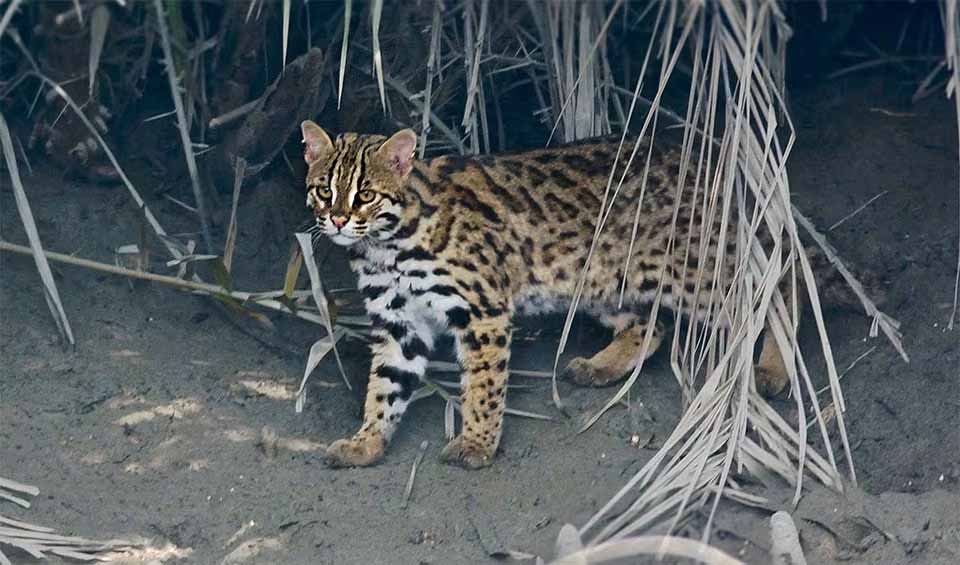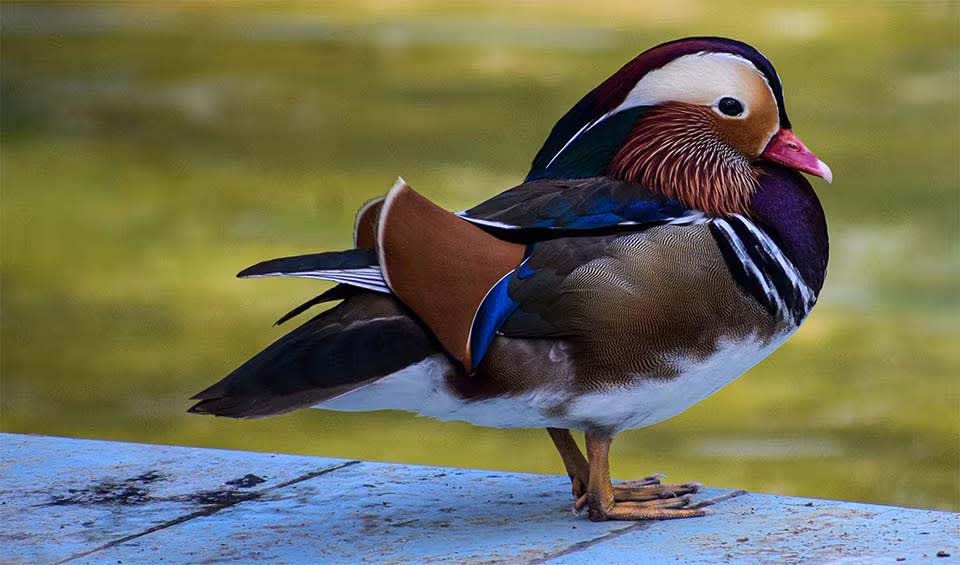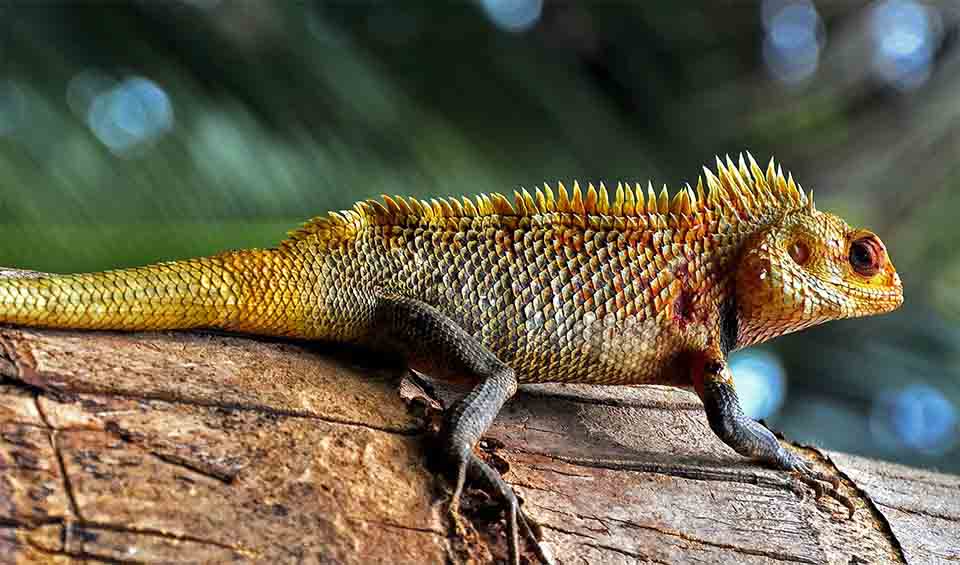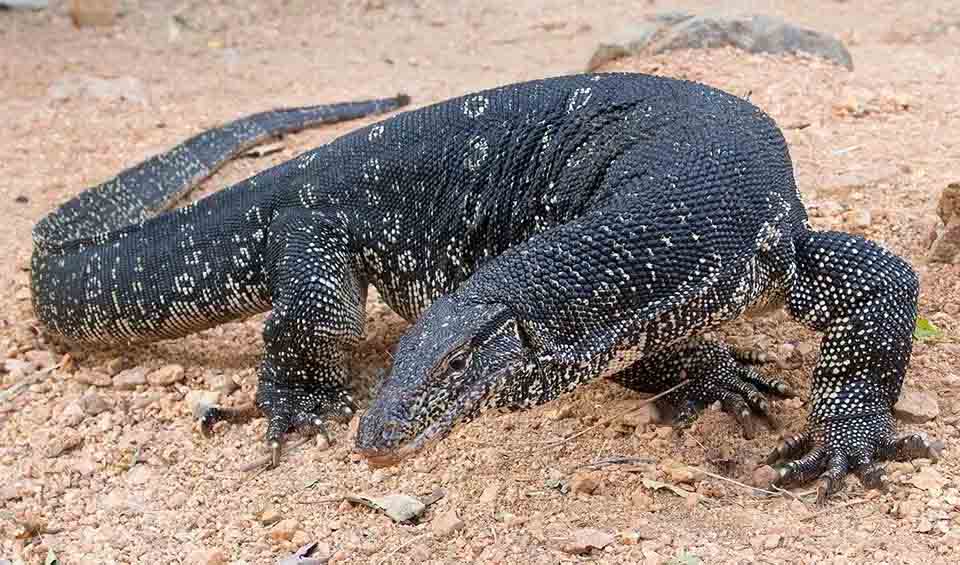Hong Kong, a vibrant metropolis on the southern coast of China, is renowned for its towering skyscrapers, bustling harbor, and rich cultural tapestry. Covering an area of about 1,104 km² (426 mi²), Hong Kong consists of Hong Kong Island, Kowloon Peninsula, the New Territories, and over 200 outlying islands. With a population of approximately 7.5 million people, it is one of the most densely populated places in the world. This former British colony, now a Special Administrative Region (SAR) of China, is a global financial hub that seamlessly blends East and West tradition and modernity.
Despite its urban density, Hong Kong boasts a surprising amount of green space and natural beauty. Country parks and nature reserves cover about 40% of the territory, offering residents and visitors a respite from the urban jungle. Popular outdoor activities include hiking on trails like the Dragon’s Back, exploring the beaches of Sai Kung, and visiting the scenic outlying islands such as Lantau and Lamma. The Peak, the highest point on Hong Kong Island, provides panoramic views of the city and is a major tourist attraction.
Four pillars elaborated:
Hong Kong is home to 24 Country Parks that span scenic hills, woodlands, reservoirs, and coastlines, providing sanctuary for a diverse array of flora and fauna, including over 1,000 plant species. The region’s marine biodiversity is also protected through a network of four Marine Parks and one Marine Reserve, which help preserve a wide variety of marine life, such as corals, fish, and invertebrates. Hoi Ha Wan Marine Park stands out as Hong Kong’s first fully protected marine reserve. Land Management
Land Management
Beyond these, Hong Kong features additional protected areas including Nature Reserves, Sites of Special Scientific Interest (SSSIs), and Restricted Areas, all designated to safeguard specific habitats and species. One notable example is the Mai Po Marshes, recognized internationally as a Ramsar Site crucial for migratory birds.
The biodiversity crisis in Hong Kong is primarily driven by rapid urbanization and the resulting habitat loss, which has fragmented the natural landscapes crucial for wildlife. Additionally, pollution from both urban and industrial sources has severely degraded air and water quality, impacting both terrestrial and marine ecosystems. Overexploitation of resources, such as overfishing and the harvesting of wild plants, further threatens the survival of species. Invasive species also pose a significant risk, outcompeting native flora and fauna. Together, these factors contribute to a biodiversity crisis that threatens the ecological stability and natural heritage of Hong Kong. Threats to Biodiversity
Threats to Biodiversity
The Hong Kong Biodiversity Strategy and Action Plan (BSAP) reflects the government’s dedication to conserving and managing the region’s biodiversity. It proposes 67 targeted actions within four key areas: enhancing conservation efforts, integrating biodiversity considerations into government policies, raising public awareness, and forging stronger partnerships. To effectively implement the BSAP, the government collaborates with a diverse group of stakeholders, including non-governmental organizations, academic institutions, and the private sector. Capacity and Governance
Capacity and Governance
Hong Kong’s future biodiversity plans continue to be guided by the Hong Kong Biodiversity Strategy and Action Plan (BSAP). Key priorities include enhancing conservation efforts through better management and restoration of habitats, integrating biodiversity considerations into various government sectors, raising public awareness about ecological issues, and strengthening partnerships across governmental, non-governmental, academic, and private sectors. Additionally, a focus on increased monitoring and research will ensure the adaptability and effectiveness of conservation strategies. These initiatives aim to maintain and enhance Hong Kong’s ecological balance and natural heritage in response to ongoing and emerging environmental challenges. Future Trends
Future Trends
Biodiversity
The forests of Hong Kong are home to over 2,000 plant species, including several species of orchids, ferns, and native trees. These forests also support wildlife such as the Chinese pangolin, leopard cat, and various bat species. Birdlife is particularly rich, with over 500 species recorded, including resident species like the black-faced spoonbill and migratory species that use Hong Kong as a stopover. Wetlands such as the Mai Po Nature Reserve are crucial for bird conservation and serve as important habitats for numerous waterbird species.Hong Kong’s coastal and marine environments are equally diverse. The coral communities around its islands and the waters of the South China Sea host a variety of marine life, including over 300 species of reef fish, numerous species of hard and soft corals, and marine invertebrates. Mangrove forests and mudflats provide essential breeding and feeding grounds for marine and bird species.
In the table below are the number of known species in several main groups, how many of these species are Threatened with extinction, and how many of them are Endemic (unique to Hong Kong only):
| Species (World rank) |
Threatened | % Threatened | Endemic | % Endemic | |
|---|---|---|---|---|---|
| Mammals | |||||
| Birds | 220 (#164) | 22 | 10.0% | ||
| Reptiles | 74 (#106) | 5 | 6.8% | 5 | 6.8% |
| Amphibians | 22 (#93) | 5 | 22.7% | 2 | 9.1% |
| Fishes | 1,354 (#25) | 77 | 5.7% | 3 | 0.2% |
| Plants | 3,300 (#109) | 10 | 0.3% | 16 | 0.5% |
mammals
Wild boar
They have an elongated and elastic snout that can be used to dig out roots and bulbs
Great roundleaf bat
A key player in keeping pesky insect populations in check and lending a hand in pollination
Leopard cat
A skilled predator with a unique coat and playful personality
birds
Osprey
One of only six land-birds with a cosmopolitan distribution habituating all continents except Antarctica
Siberian crane
One of the rarest and most critically endangered crane species in the world
Mandarin duck
Revered in many cultures for their beauty, grace, and symbolism of love and fidelity
reptiles
Oriental garden lizard
A lizard with vibrant hues – a living canvas of green, brown, and sometimes even blue
King cobra
Largest living venomous snake reaching lengths of up to 5.7 meters or 8.5 feet
Asian water monitor
They can be found basking in the sun with their fellow monitors, sharing warmth and companionship
National Animals
Giant panda
The fading black and white bears of the bamboo forests














